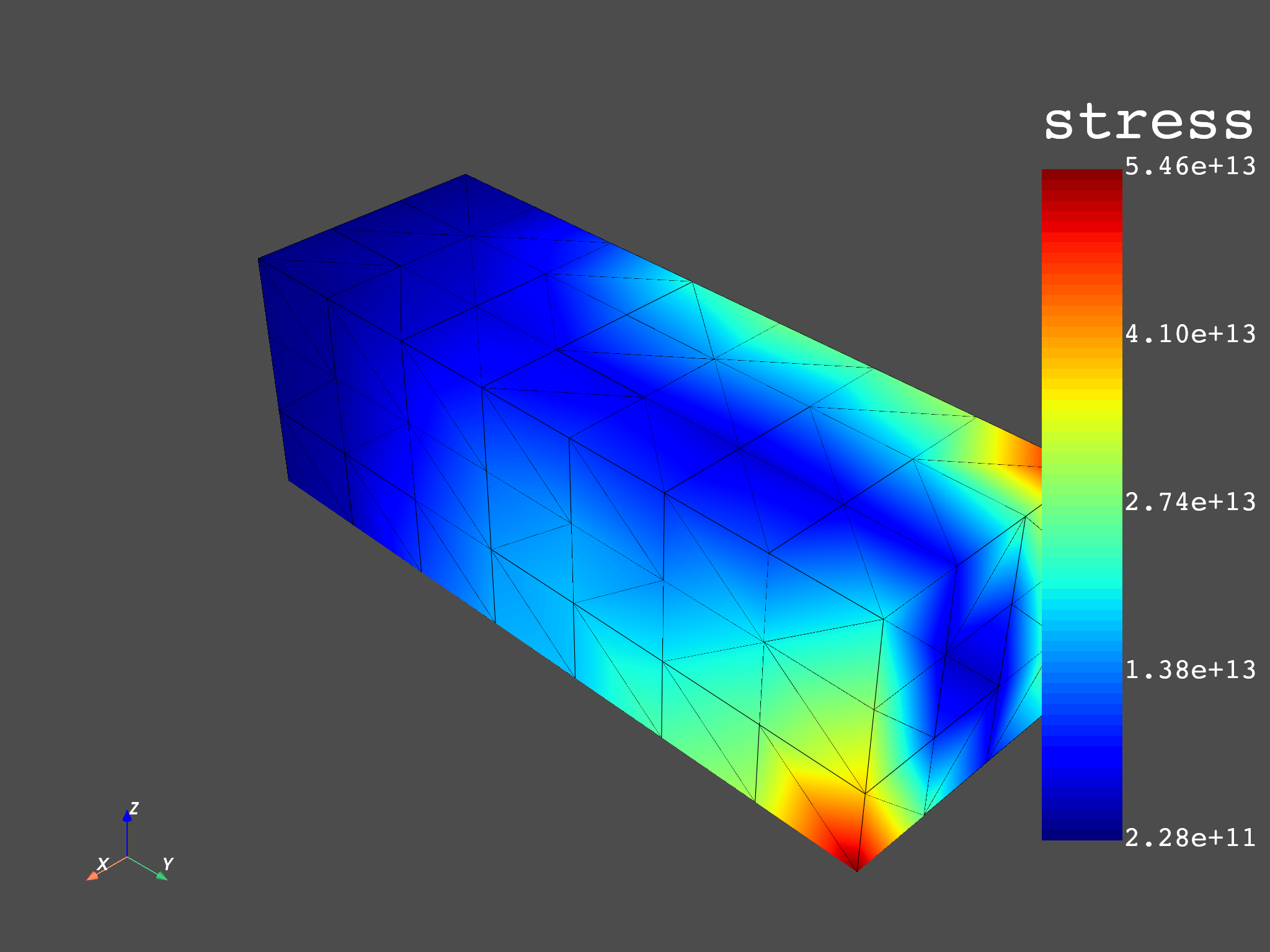Note
Go to the end to download the full example code.
Create a custom workflow on distributed processes#
This example shows how to read and postprocess distributed files on distributed processes. After remote postprocessing, results are merged on the local process. This example creates different operator sequences directly on different servers. These operators are then connected together so that you don’t have to care that they are on remote processes.
![digraph foo {
graph [pad="0", nodesep="0.3", ranksep="0.3"]
node [shape=box, style=filled, fillcolor="#ffcc00", margin="0"];
rankdir=LR;
splines=line;
subgraph cluster_1 {
ds01 [label="data_src", shape=box, style=filled, fillcolor=cadetblue2];
ds01 -> stress1 [style=dashed];
label="Server 1";
style=filled;
fillcolor=lightgrey;
}
subgraph cluster_2 {
ds02 [label="data_src", shape=box, style=filled, fillcolor=cadetblue2];
ds02 -> stress2 [style=dashed];
stress2 -> mul;
label="Server 2";
style=filled;
fillcolor=lightgrey;
}
stress1 -> "merge";
mul -> "merge";
}](../../_images/graphviz-e05f226e427fbf3e2b72722795e98c09e09f5e78.png)
Import the dpf-core module and its examples files.
import os
from ansys.dpf import core as dpf
from ansys.dpf.core import examples, operators as ops
Configure the servers. To make it easier, this example starts local servers. However, you can connect to any existing servers on your network.
config = dpf.AvailableServerConfigs.InProcessServer
if "DPF_DOCKER" in os.environ.keys():
# If running DPF on Docker, you cannot start an InProcessServer
config = dpf.AvailableServerConfigs.GrpcServer
global_server = dpf.start_local_server(as_global=True, config=config)
remote_servers = [
dpf.start_local_server(as_global=False, config=dpf.AvailableServerConfigs.GrpcServer),
dpf.start_local_server(as_global=False, config=dpf.AvailableServerConfigs.GrpcServer),
]
Send files to the temporary directory if they are not in shared memory.
files = examples.download_distributed_files(return_local_path=True)
server_file_paths = [
dpf.upload_file_in_tmp_folder(files[0], server=remote_servers[0]),
dpf.upload_file_in_tmp_folder(files[1], server=remote_servers[1]),
]
Create the first operator chain.
remote_operators = []
stress1 = ops.result.stress(server=remote_servers[0])
remote_operators.append(stress1)
ds = dpf.DataSources(server_file_paths[0], server=remote_servers[0])
stress1.inputs.data_sources(ds)
Create the second operator chain.
stress2 = ops.result.stress(server=remote_servers[1])
mul = stress2 * 2.0
remote_operators.append(mul)
ds = dpf.DataSources(server_file_paths[1], server=remote_servers[1])
stress2.inputs.data_sources(ds)
Create the local merge operator.
merge = ops.utility.merge_fields_containers()
Connect the operator chains together and get the output.
nodal = ops.averaging.to_nodal_fc(merge)
merge.connect(0, remote_operators[0], 0)
merge.connect(1, remote_operators[1], 0)
fc = nodal.get_output(0, dpf.types.fields_container)
print(fc[0])
fc[0].meshed_region.plot(fc[0])

DPF stress_7491.964387Hz Field
Location: Nodal
Unit: Pa
432 entities
Data: 6 components and 432 elementary data
Nodal
IDs data(Pa)
------------ ----------
24 -1.931259e+11 4.889198e+11 9.893517e+10 -1.873750e+12 8.823901e+11 2.278725e+10
124 -4.577267e+11 -4.345968e+10 1.408608e+11 -4.123077e+10 1.609307e+10 6.080418e+10
89 -1.935788e+11 -3.031243e+11 1.267524e+11 5.413418e+10 3.645896e+10 -1.808178e+10
...
(None, <pyvista.plotting.plotter.Plotter object at 0x000001DD9ADB8210>)
Total running time of the script: (0 minutes 12.447 seconds)

